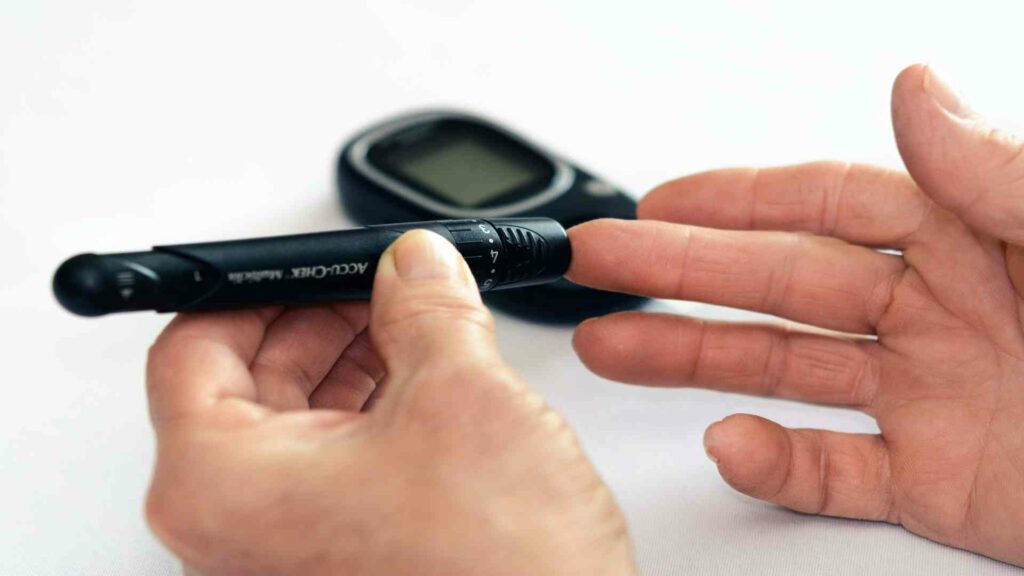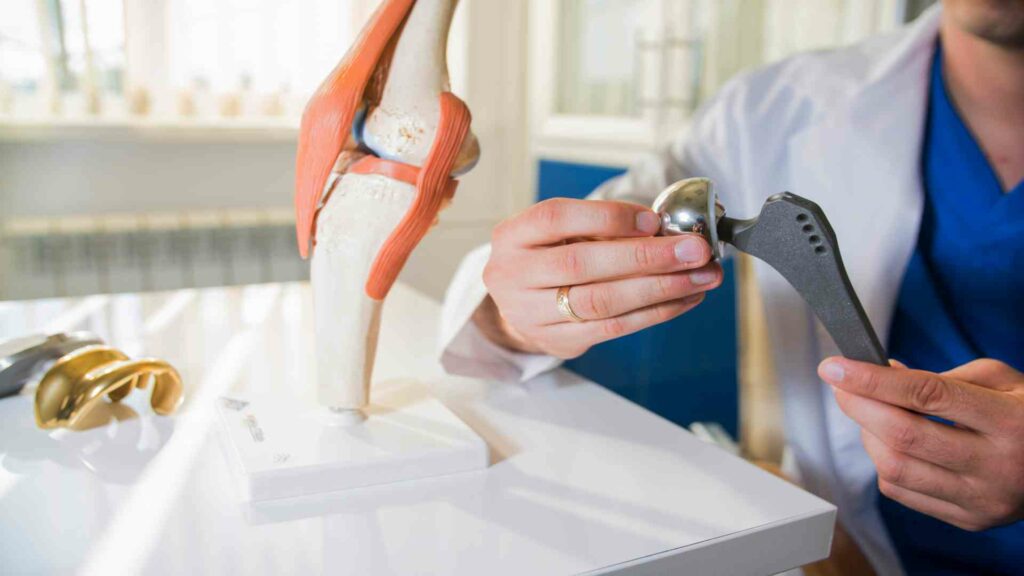Boron Podcast – Boron in Foods
Listen to this week’s podcast on Boron in Foods.
Boron in Foods
Boron is a trace element found naturally in many plant foods such as legumes and fruits. Boron can also be found in beer and wine to a lesser extent and is available as a nutritional supplement. It is thought to be beneficial in reproduction, development, immunity, brain function, and anti-inflammatory. It is thought to be particularly beneficial in bone health and arthritis prevention, with possible roles in bone structure, calcium metabolism, and the function of vitamin D and estrogen.
Foods containing Boron
The highest levels of boron are found in plant foods, including fruit, legumes, and tubers, in leafy green vegetables such as kale, spinach, and other non-citrus fruits. Boron can also be seen as a component of grains, fruits, nuts, prunes, raisins, and other non-citrus fruit. Boron is also found in lesser amounts in beer, wine, and cider.
These are the five most prevalent sources for boron in a person’s daily diet: Apples, coffee, dried beans, milk, potatoes.
Apples: It’s true what they say: An apple a day keeps a doctor away. Apples are a popular fruit and full of many beneficial nutrients, including boron. A medium apple contains 0.66 mg of boron. It also contains fiber, vitamin B, potassium, as well as other anti-inflammatory antioxidants.
Coffee: American coffee drinkers often consume several cups of coffee each day. This makes it a significant source of boron in American diets. A cup of black coffee can add 0.07 mg of boron to your daily fluid intake. Adults consume the most boron through instant coffee.
Dried Beans: Beans are part of the legume family and a good source for boron. They also contain a lot of plant-based protein. Half a cup of cooked (from dried) Lima beans contains 0.35 milligrams, while 1/2 cup of refried beans contains 0.48 milligrams. Beans are also a good source of iron, magnesium, phosphorous, and potassium, and folate.
Milk: The concentrations of boron in breast milk are 0.27 mg/L and 0.33 mg/L for cow’s milk. Milk and cheese products make up 18%-20% of the adolescent intake of food.
Potatoes: Although potatoes are not the best source of boron in the diet, they do contribute a significant amount to it. One ounce of potato chips, which is about 22 chips, contains 0.09 mg of boron. 10 French fries contain 0.08 mg.
Other Sources of Boron
Prune Juice: Prune juice is more than just a digestive aid. One cup of prune juice contains 1.43 mg of boron. Prunes juice is also rich in dietary fiber, potassium, and phosphorous, which makes it great for bone health.
Avocados: Avocados are rich in healthy fats and dietary fiber and are one of the most important food sources of boron. A half-cup of cubed raw avocado contains 1.07 mg of boron. Avocados are also a good source of vitamin K, folate, and copper.
Raisins: One handful (1.5 ounces) of raisins will provide 0.95 mg of boron. Raisins are also rich in dietary fiber, potassium, and small amounts of calcium and iron. You can sprinkle some raisins on your oatmeal, yogurt, and cereal.
Peaches: Peaches are rich in boron and vitamins C, A. A medium peach has 0.80 mg of boron per serving and only 63 calories. Peaches can be frozen, canned, or fresh. You can eat a peach or make a peach salsa with them. Or, freeze some peaches and add them to a smoothie.
Grape Juice: Grape juice is high in boron because raisins are also high on this list. A cup of 100% grape juice has 0.76 milligrams of boron. Grape juice is also rich in antioxidants such as vitamin C and phytophagous.
Pears: A medium pear contains 0.50 mg of boron and just over 100 calories. Pears are a good source of dietary fiber and contain vitamin C, potassium, and antioxidant polyphenols. Keep the skin on your pear to get the best benefits.
Peanut Butter and Peanuts: Peanuts can be used in both sweet and savory dishes. They are also rich in boron. A roasted peanut ounce contains 0.48 mg of Boron, and peanut butter has 0.46 mg. Peanuts are a good source of healthy mono-and polyunsaturated fats, as well as plant-based protein and phosphorous.
Boron in Dietary Supplements
There are many forms of boron in dietary supplements. These include sodium borate and sodium tetraborate as well as boron amino acids chelate, as well as boron ascorbate, and boron aspartate. A small human study – reference?? found that boron as sodium triborate significantly increased plasma levels of boron within 4-6 hours after consumption. However, no data is available about the relative bioavailability and bioavailability for different forms of supplemental Boron.
Boron Food Sources
The soil content and the water in which they are grown will impact how much boron is found in plant foods. Brazil, Japan, and the majority of the United States have low levels of boron. This is due to high rainfall, which leaches boron from the soil. Contrary to this, areas in the world’s desert, such as California, parts of Argentina, Chile and Russia, China and Peru, have higher boron concentrations.
Boron in the Food Chain
| Food Type | Quantity | Milligrams per serving (mg) |
| Prune juice | 1 cup | 1.43 |
| Avocado, raw, cubed | ½ cup | 1.07 |
| Raisins | 1.5 ounces | 0.95 |
| Peaches | 1 medium | 0.80 |
| Grape juice | 1 cup | 0.76 |
| Apples | 1 medium | 0.66 |
Source: Nutritional facts
Why Boron is Good for You
Boron is an essential trace mineral that is vital to human health in many areas. Researchers discovered that boron helps calcium use in bones. Along with calcium, Boron is a common component in bone-supporting formulas. Boron can be used to build strong bones and treat osteoarthritis. It is also used as an aid in building muscles, increasing testosterone levels. An increase in soil boron levels has been linked to a lower incidence of osteoarthritis.
Post-menopausal women who have magnesium deficiencies can get 3 mg of boron per day. This is scientifically proven to provide improvements in calcium and magnesium retention, an increase in testosterone levels in the bloodstream; elevations in serum 17-beta estrogen (a form of estrogen) concentrations and vitamin D-deficient post-menopausal women can also see similar improvements.
Boric acid, another boron-containing compound, has been given to healers for centuries. Scientifically, it is now known that boron plays a vital role in brain function, particularly in memory enhancement, cognitive function, hand-eye coordination, and cognitive function.
Trace minerals are found in soil, foods, and in the body at lower levels than macro minerals. Deficiencies, more common than toxicity, can cause critical metabolic functions to cease functioning, such as blood sugar regulation or certain substances and enzymes.
Do We Get Enough Boron?
At this point, there is no recommended daily allowance (RDA) for boron intake in humans. The following amounts are advised to ensure that you get enough boron daily.
Recommended Intake of Boron Daily
| Age | Audience | Amount |
| Less than 11yrs | Children | 1.5 mg |
| 11-18 | Males | 2.0 mg |
| Above 18 | Males | 2.0 mg |
| Above 18 | Females | 2.0 mg |
| Above 40 | Females | 3.0 mg |
| Pregnant | Females | 2.5 mg |
| 1st 6 mos | Lactating Infants | 2.5 mg |
Source: Boron intake





